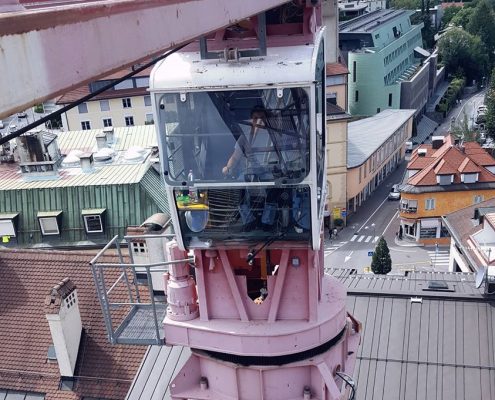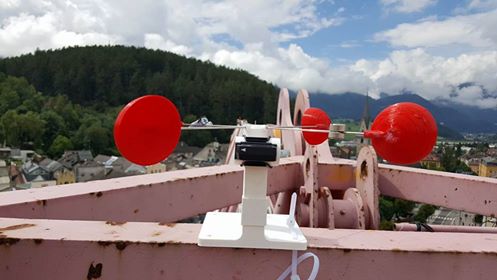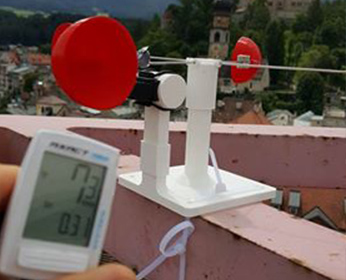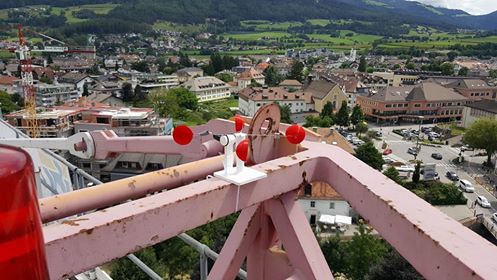Community Highlight : 3D Printed Crane Anemometer
Tobias Innerbichler is from Tyrol, a lovely region in the European Alps.
His job is somewhat of a dream for most of the kids: he is a Crane operator!
He’s also a passionate DIY hobbyist and a 3D printing enthusiast as you will soon discover.
As any sensible Crane operator knows, wind can be a safety concern for the people around, the buildings surrounding the crane and the operator itself as it can exercise a decent force on the load being lifted and on the crane structure itself.
The safety limit to operate a crane is 70km/h (around 43 mph or 38 knots).
Cranes have suffered major damages and even complete failure damaging things and causing injuries or death.
It is obvious at this point that being alert about the wind situation is a major safety concern.
It is usually harder to keep track of wind when you work in a closed hull and you are focused on the task of moving extremely expensive and heay materials, so it made sense to Tobias to ease the measurement of the wind speed.
To do so he created a 3D printed anemometer with Red PLA filament.




He Drew everything on Onshape, a free online CAD drawing tool, exported on STL and sliced as usual in Cura.
The anemometer is composed of a rotor, arms and cups that rotate thanks to an axle on a couple of bearings.
The wind , over a certain threshold, will make the anemometer arms spin.
The anemometer is mounted on top of the crane, the highest point of the machinery, to avoid air currents and vortexes that normally generate near big structures and buildings.
To measure the wind Tobias uses a bike tachimeter in line with the main rotor shaft, so he can have a reading from an LCD, possibly even in the crane cockpit by extending the cable for a few meters.
This project is definitely helpful for the application it serves, as it solves a tangible problem that involves usability and safety.
In many industrial and heavy duty/building sectors we see the use of 3D printing in small accessories like this.
It’s great to see that even with small components a big impact can be made to improve safety and situation awareness.



